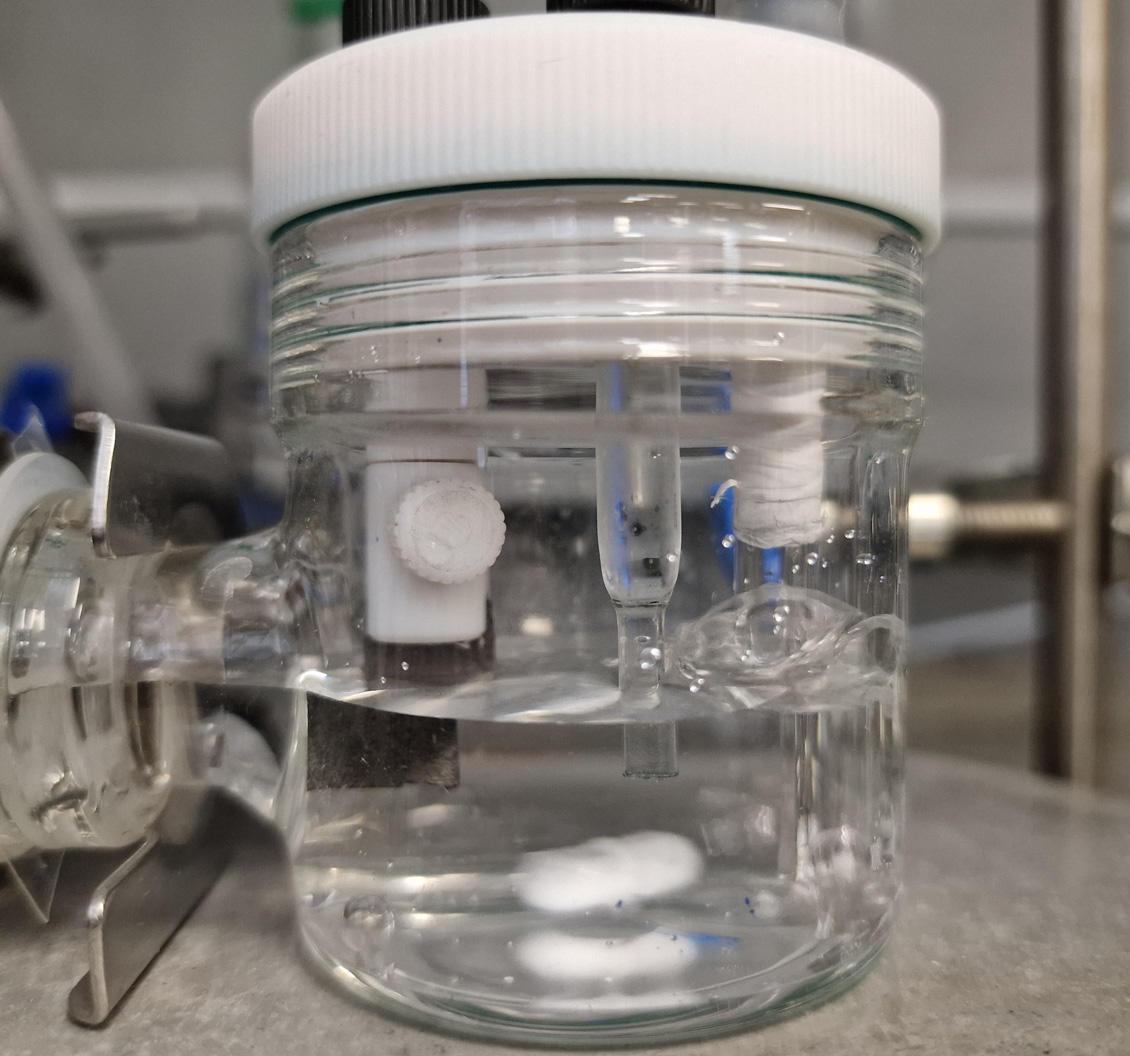
Researchers have developed a sustainable catalyst that increases its activity during use while converting carbon dioxide (CO2) into valuable products. This discovery offers a blueprint for designing next-generation electrocatalysts.
A collaborative team from the University of Nottingham's School of Chemistry and the University of Birmingham have developed a catalyst made of tin microparticles supported by a nanotextured carbon structure. The interactions between the tin particles and graphitised carbon nanofibers play a critical role in transferring electrons from the carbon electrode to CO2 molecules - an essential step in converting CO2 into formate under an applied electric potential. The findings of this research are published in ACS Applied Energy Materials.
Tom Burwell, a research assistant at the University of Nottingham undertook the work whilst studying at Centre for Doctorial Training in Sustainable Chemistry. He developed the approach and carried out the experimental work, he said: “We can assess the performance of the catalyst by measuring the electrical current consumed by the reacting CO2 molecules. Typically, catalysts degrade during use, resulting in decreased activity. Surprisingly, we observed the current flowing through tin on nanotextured carbon increased continuously over 48 hours. Analysis of the reaction products confirmed nearly all electrons were utilised to reduce CO2 to formate, boosting productivity by a factor of 3.6 while maintaining nearly 100% selectivity.”
Read the full story here
